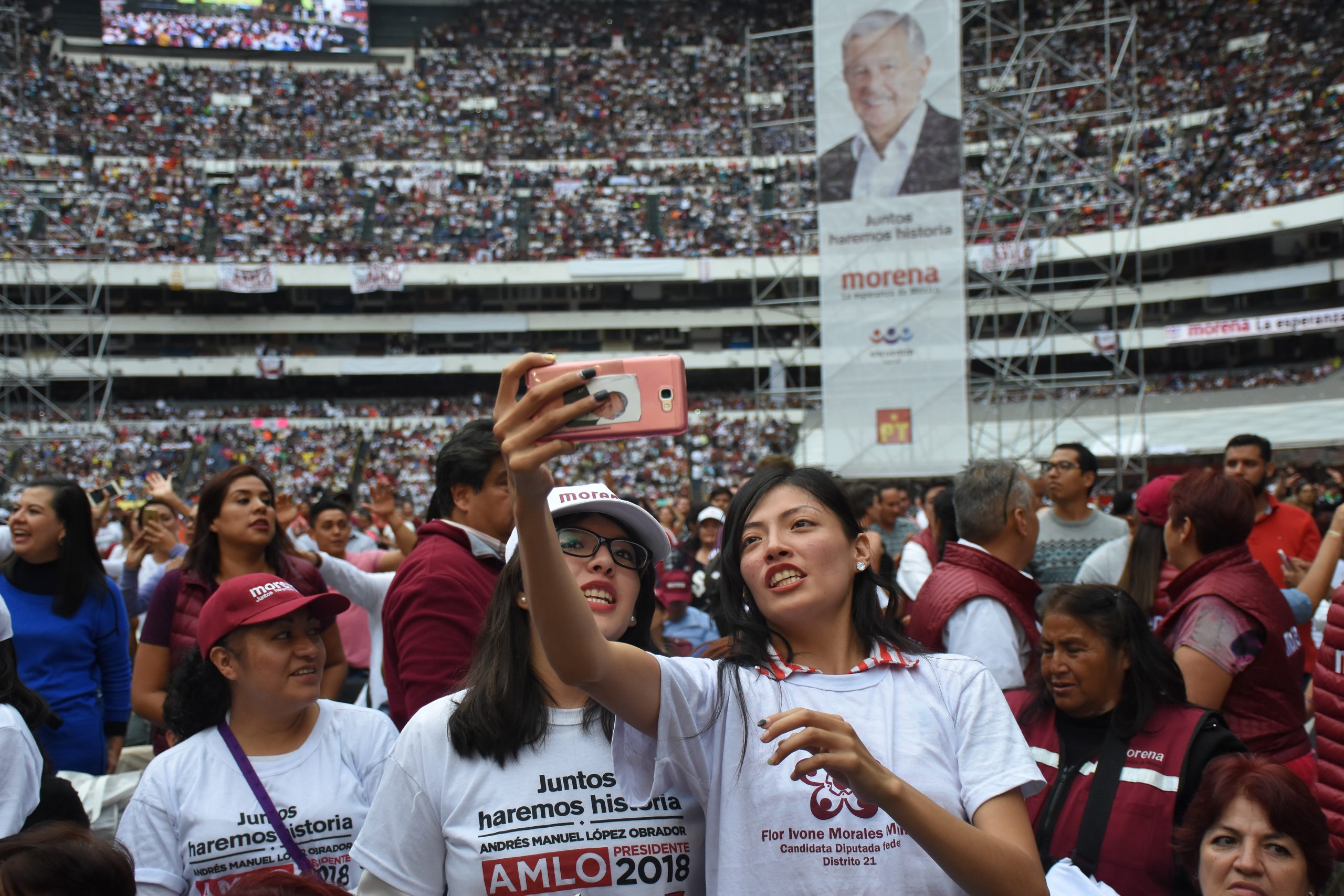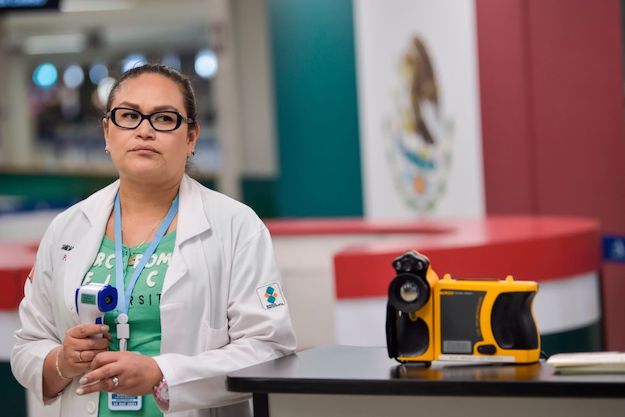A question institutional investors often ask regarding Mexico’s presidential elections next year is: Can Andrés Manuel López Obrador actually win? Most polls do indeed put the leftist former mayor of Mexico City, known popularly by his initials, AMLO, ahead of hypothetical adversaries today. But the road to the 20 million votes he likely needs to become president is more difficult than many appreciate.
The most obvious caveat to the recent polls is that AMLO is, so far, the only certain candidate for 2018. Other parties have not yet settled on their candidates. This leaves room for Mexico’s political landscape to become a lot more complex – as it did on Thursday, when Mexican media reported on former first lady Margarita Zavala’s prospects of launching her own campaign as an independent. But the other challenges AMLO faces have to do with electoral math, signs that his base is narrowing, and the ways that Mexico has evolved since 2006, when he came within a whisker of winning the presidency.
That year, AMLO received 14.7 million votes, representing 35 percent of turnout, while President Felipe Calderón won with 36 percent of the total (Mexico does not have a second round or runoff). In 2012, 15.8 million people voted for AMLO (32 percent of the total), while President Enrique Peña Nieto won with 39 percent of the tally.
Most observers believe that, in a split race, 35 percent of the vote will be enough in 2018. That is probably equivalent to 20 million votes. In an interview with the daily newspaper Reforma in July, AMLO said that he had believed reaching that number was feasible.
One can argue that the best moment for AMLO in the past showdowns was in 2006, as he received his highest percentage of votes. And this makes sense, as at that time the left was united, embracing his candidacy under the Partido de la Revolución Democrática (PRD). He also was backed by a number of intellectuals and some private sector industrialists. More importantly, the Partido Revolucionario Institucional (PRI) ran a very weak candidate.
AMLO’s support began to erode after he lost that election by a slim margin and blocked Mexico City’s most important street with protesters for months.
Despite having a core base of followers, AMLO disappointed with the results he obtained in the 2012 elections. The perception of being a sore loser in 2006 and the damage he caused to Mexico City’s economy with the subsequent blockade failed to attract new voters, and the PRI made a strong comeback with an appealing candidate in Peña Nieto. The PRI had also learned from its mistakes in the previous election and appeared to its voters as a unified party with a consistent message. In contrast, AMLO had to broker alliances with other parties instead of having a common front through a coalition as he did six years before. The result was that the PRD obtained less than 10 million votes by itself, while about 6 million votes came through fragmented coalitions with smaller parties.
Since 2012, AMLO has broken alliances with the PRD and Movimiento Ciudadano (the parties that provided the majority of his votes in 2006 and 2012), and formed his own party: Morena. This was a very risky move, as the PRD has national coverage and electoral infrastructure, while Movimiento Ciudadano (MC) has a strong presence in some regions.
The breakup with the PRD was painful, as seen in the result of the elections for governor in Mexico state this past summer. Notwithstanding AMLO’s extremely active campaign supporting the Morena candidate, the PRI won, with Morena coming in second. The PRD had a successful campaign with a strong candidate and got third place with over 1 million votes, proving it is still an influential party with an effective electoral machine.
Furthermore, despite spending weeks on the campaign trail, Morena and AMLO got fewer votes from the state’s citizens than he obtained during the 2012 presidential elections. Had AMLO struck a deal with the PRD, their candidate would probably be governor today.
What does the future hold? In Mexico City, which is the country’s leftist stronghold, Morena has managed to split the voter map in two and has some spotty influence in other parts of the country, especially in the state of Veracruz. But recently AMLO had yet another confrontation with an ally, Ricardo Monreal (former PRD governor of the state of Zacatecas), who is likely to leave Morena and weaken its political influence even further.
AMLO needs help in 2018. There will be approximately 90 million people eligible to vote next year; if 60 percent show up at the polling stations as they did in other years, there will be 54 million voters. Assuming his core constituents hover around 10 million plus 2 million from the Workers Party (PT), the 20 million votes AMLO said he could get are not only out of his reach, but even the 15 million votes he got in 2006 appear questionable.
In addition, the PRI has at least two very capable and appealing candidates to choose from, setting the campaign scenario to be more like 2012 than 2006. The Partido Acción Nacional (PAN), winner of the 2000 and 2006 elections, is so divided internally that it is unlikely to come up with a candidate of unity.
Leaders from the Citizens’ Front (Frente Ciudadano por México), an agreement signed by the PAN, PRD and MC, say they will join forces behind a single candidate. That contender may not gather enough votes to win the presidency, but would likely get enough to strengthen those parties’ positions in Mexico’s political map, while diluting AMLO’s potential voters. Moreover, there will likely be at least four independent candidates running. Each vote they get is one less for AMLO. The Citizen’s Front would also be negatively affected if Zavala decides to run as an independent.
They say “never say never in politics,” and it is still too early to even have a full list of candidates from all parties for next year’s race. The recent Mexico earthquakes are likely to delay the timetable even further. A lot can happen from now to July 2018; AMLO could strike a deal with someone to get the boost he needs, and the PAN could sort out its internal differences and come out with a strong candidate.
But the clock is ticking, and ticking fast. If parties and politicians want to be serious contenders for next year’s contest, they have to forge new alliances before the year ends.
—
Victor Herrera has been covering Latin America’s financial markets for 35 years. He recently concluded a 25 year career at S&P Global Ratings, where he was the Regional Manager for northern Latin America. He is based in Mexico City.








